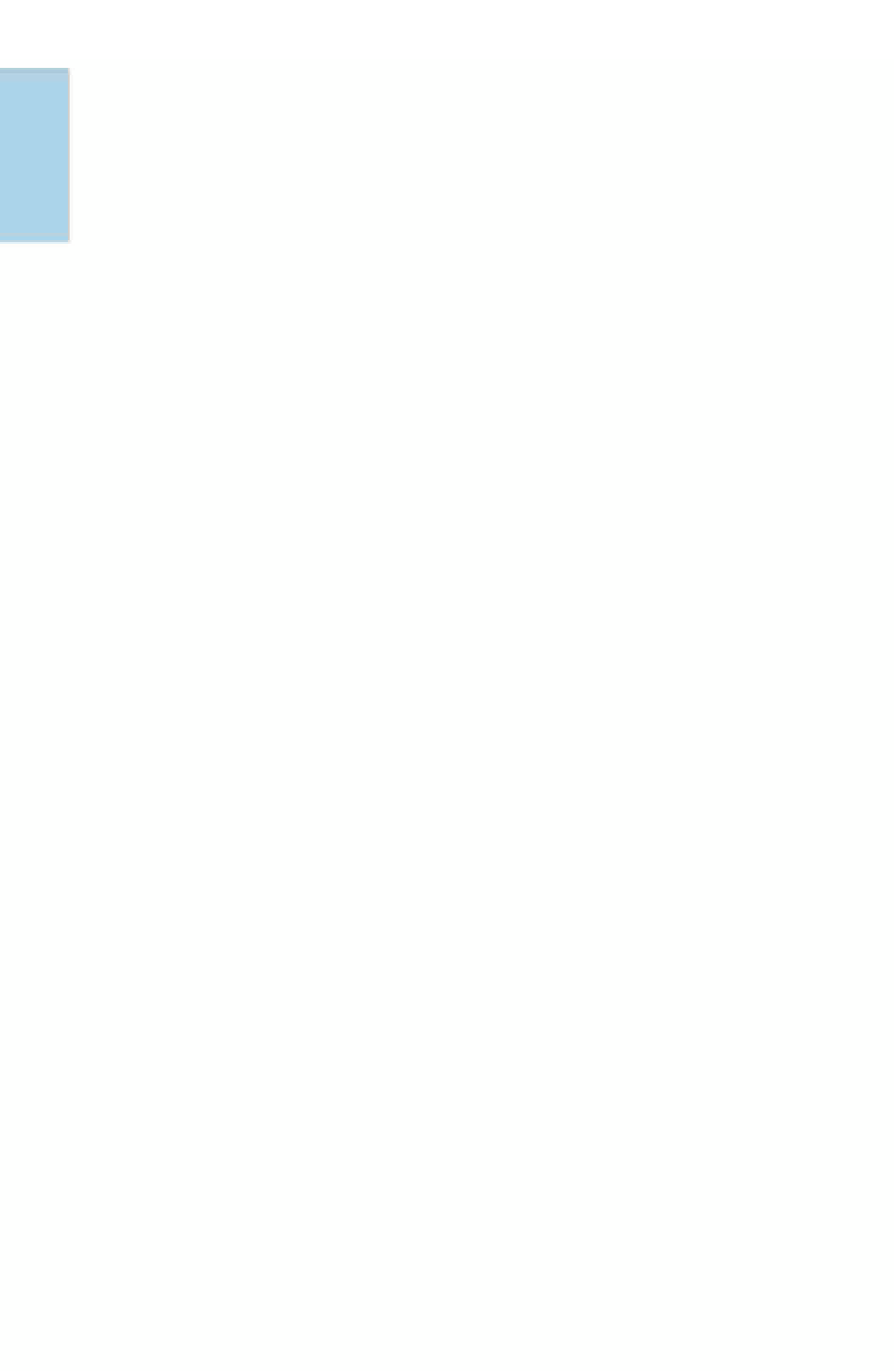Travel Reference
In-Depth Information
and Thirties.
Generously illustrated, this topic bears witness
to the British version of Art Deco in the likes of the Savoy
and the Hoover building.
Anthony Sutcliffe
Architectural History of London.
A
weighty tome, extensively illustrated, which traces the
history of building in London from the Romans to the
twenty-first century.
Richard Trench & Ellis Hillman
London under London
.
Fascinating book revealing the secrets of every aspect of
the capital's subterranean history, from the lost rivers of the
underground to the gas and water systems.
David Whitehead & Henning Klattenhof
London -
the Architectural Guide
. A chronological study from the
Romans to the present day with excellent colour
photographs and information about architects and styles
as well as buildings.
LONDON IN FICTION
Peter Ackroyd
English Music
;
Hawksmoor
;
The House of
Doctor Dee
;
The Great Fire of London
; and
Dan Leno and the
Limehouse Golem
. Ackroyd's novels are all based on arcane
aspects of London, wrapped into thriller-like narratives,
and conjuring up kaleidoscopic visions of various ages of
English culture.
Hawskmoor
, about the great church
architect, is the most popular and enjoyable.
Ì
Monica Ali
Brick Lane
. Acute, involving, and slyly
humorous, novel about a young Bengali woman who
comes over with her husband to live in London's East End.
Martin Amis
London Fields
;
Yellow Dog
. Short sentences
and cartoon characters, Amis's novels tend to provoke
extreme reactions in readers. Love 'em or hate 'em, these
two are set in London.
J.G. Ballard
The Drowned World
;
Concrete Island
;
The
Millennium People; High Rise.
Wild stuff.
The Drowned World
,
Ballard's first novel, is set in a futuristic, flooded and tropical
London. In
Concrete Island
, a car crashes on the Westway,
leaving its driver stranded on the central reservation, unable
to flag down passing cars. In
The Millennium People
the
middle classes turn urban terrorist. In
High Rise
, the residents
of a high-rise block of flats in East London go slowly mad.
Samuel Beckett
Murphy
. Nihilistic, dark-humoured
vision of the city, written in 1938, and told through the eyes
of anti-hero Murphy.
Elizabeth Bowen
The Heat of the Day
. Bowen worked for
the Ministry of Information during World War II, and
witnessed the Blitz first-hand from her Marylebone flat;
this novel perfectly captures the dislocation and
rootlessness of wartime London.
Anthony Burgess
A Dead Man in Deptford
. Playwright
Christopher Marlowe's unexplained murder in a tavern in
Deptford provides the background for this historical novel,
which brims over with Elizabethan life and language.
Angela Carter
The Magic Toyshop
;
Wise Children
.
The
Magic Toyshop
was Carter's celebrated 1967 novel, about a
provincial woman moving to London, while
Wise Children
,
published a year before her untimely death, is set in a
carnivalesque London.
G.K. Chesterton
The Napoleon of Notting Hill
. Written in
1904, but set eighty years in the future, in a London divided
into squabbling independent boroughs - something
prophetic there - and ruled by royalty selected on a
rotational basis.
J.M. Coetzee
Youth
. Claustrophobic, semi-autobiographical
novel by South African Booker Prize-winner, centred on a
self-obsessed colonial, struggling to find the meaning of life
and become a writer in London in the 1960s.
Ì
Arthur Conan Doyle
The Complete Sherlock Holmes
.
Deerstalkered sleuth Sherlock Holmes and dependable
sidekick Dr Watson penetrate all levels of Victorian London,
from Limehouse opium dens to millionaires' pads.
A Study
in Scarlet
and
The Sign of Four
are based entirely in London.
Joseph Conrad
The Secret Agent
. Conrad's wonderful spy
story is based on the botched anarchist bombing of
Greenwich Observatory in 1894, and exposes the
hypocrisies of both the police and the anarchists.
Daniel Defoe
Journal of the Plague Year
. An account of
the Great Plague seen through the eyes of an East End
saddler, written some sixty years after the event.
Charles Dickens
Bleak House
;
A Christmas Tale
;
Little
Dorrit
;
Oliver Twist
. The descriptions in Dickens' London-
based novels have become the clichés of the Victorian city:
the fog, the slums and the stinking river.
Little
Dorrit
is set
mostly in Borough and contains some of his most trenchant
pieces of social analysis. Much of
Bleak House
is set around
the Inns of Court that Dickens knew so well.
Maureen Duffy
Capital.
First published in 1975, the novel
is like a many-layered sandwich full of startling flavours, as
the focus shifts from the central character, an unbalanced
squatter with an obsession with London's past and future,
to vivid slices of history.
Nell Dunn
Up the Junction
;
Poor Cow
. Perceptive and
unsentimental account of the downside of south London
life in the 1950s after the hype of the Festival of Britain.
George Gissing
New Grub Street; The Nether World
.
New
Grub Street
is a classic 1891 story of intrigue and jealousy
among London's Fleet Sthacks. The
Nether World
is set
among the poor workers of Clerkenwell.
Graham Greene
The Human Factor
;
It's a Battlefield
;
The
Ministry of Fear
;
The End of the Affair
. Greene's London
novels are all fairly bleak, ranging from
The Human Factor
,
which probes the underworld of the city's spies, to
The
Ministry of Fear
, which is set during the Blitz.
Patrick Hamilton
Hangover Square
;
Twenty Thousand
Streets Under the Sky
. The first is a story of unrequited love
and violence in Earl's Court in the 1940s, while the latter is
a trilogy of stories set in seedy 1930s London.

































































